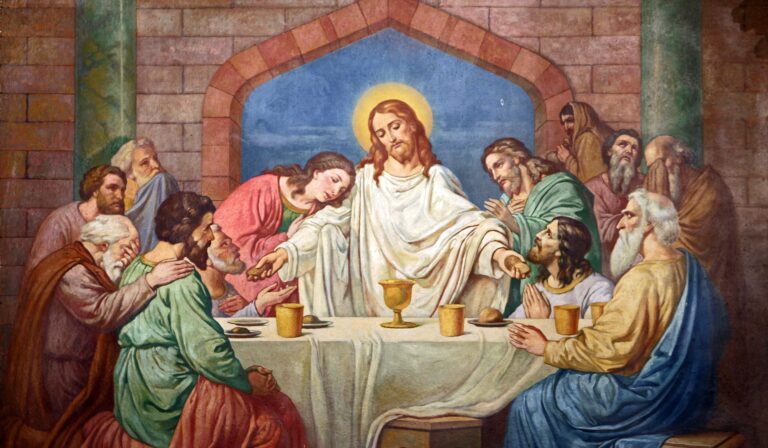In this book, The Death of Jesus the Jew, Peter Keenan, reflecting Frederic Raphael’s exhortation that ‘Gospel truth is a dangerously unacknowledged oxymoron’ and cognisant of the Catholic teaching that ‘the passion narratives do not offer eyewitness accounts or a modern transcript of historical events’, endorses the view that the anti-Jewish polemic of these narratives hosted the unintended seedbed for the racial anti-Semitism of the nineteenth century, and it paved the road to the Holocaust.
Jewish origins
This process had begun as early as the second century, when Christianity became increasingly divorced from its Jewish origins, with particular regard to how the literary-theological genre known as midrash shaped the story of Jesus’ last day(s).
The New Testament, to paraphrase AN Wilson, is swimming in midrash, which is best described as ‘a way of saying that everything to be venerated in the present must somehow be connected with the sacred past by reworking ancient themes into new contexts’.
The Death of Jesus the Jew, like its predecessor The Birth of Jesus the Jew: Midrash and the Infancy Gospels, makes no claim to originality. These issues have been discussed by academics since before Vatican II.
The book hopes to make that scholarship more accessible to general readers, and also to ministers of religion, chaplains and teachers, in the hope that ‘the blindness that for so many centuries has afflicted Christians may at last be repented of’ (Pope John XXIII).
The passion stories are chiefly the product of midrashim, a good example of which is Judas’ alleged suicide (Mt. 27:5). It comes from 2 Sam. 17:23, and the notorious Judas kiss (Mk. 14:4b) is also sourced from that Old Testament book (20:9).
In the following verse, Joab stabs Amasa in the belly, ‘so that his entrails poured out on the ground’, which is the source for the other version of Judas’ death; in a field where ‘his bowels gushed out’ (Acts 1:18). We are told the field was purchased with pieces of silver paid to Judas for his reputed betrayal of Jesus (Mt. 27: 3-10), a midrash based on Gen. 37: 25-28 (and other sources), where Judah and his brothers sell Joseph into slavery for ‘twenty pieces of silver’. (Zech. 11:13 gives us the figure of ‘thirty pieces’)
Fr Raymond Brown, the doyen of Catholic biblical scholarship before his untimely death, has observed that both accounts of Judas’ demise cannot be historical, ‘and neither may be’. Rolling Stone Magazine once championed Judas’ innocence. It had a point – Judas probably died in his bed.
The Last Supper
Keenan also examines the Last Supper narrative, arguing that it should not be understood as a real time event. Unlike Jesus’ last meal (at which no one was “ordained”), it is an idealised midrashic representation, written after Jesus’ death and resurrection, incorporating elements from Hellenistic funerary practices, such as the injunction to ‘Do this in remembrance of me’.
The Death of Jesus the Jew agrees with John Dominic Crossan that the passion narratives are primarily not about ‘history remembered’, but are ‘prophecy historicised’, which means that there could have been no trials before the Sanhedrin or Pilate. The book situates Jesus, born in Nazareth, in his first century (apocalyptic) context, arguing that Jesus lived his entire life honouring the Abrahamic covenant; the religion about him is Christianity.
Death of Jesus the Jew is published by Columba Books -www.columbabooks.com.



